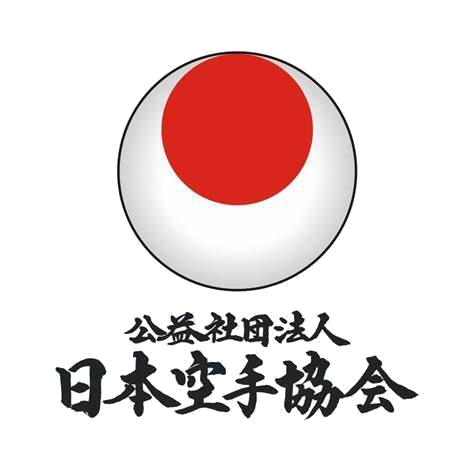Blocks
Uke means block or literally "to receive." Blocks are traditionally used to defend against attack and avoid being hit. They are most commonly performed with the arms or hands, and usually precede a decisive counter-attack. Timing is critical as a block will fail if it does not meet its attack at the right moment. Advanced karateka can used blocks as attacks and attacks as blocks. With enough practice, blocks become instinctual, a practical self defense outside of the dojo. Many consider blocks to be greater than attacks because karate is a defensive martial art. Did you notice that every kata begins with a block?
Basic Closed-Hand Blocks
Basic blocks are the most common blocks. They are executed with a swinging motion of the arm (up, down, either side) with the fists closed. The point of contact is either the inner or outer forearm, usually closer to the wrist area. Since the entire length of the forearm can be used, they have a much greater safety margin. Therefore, they are the safest blocks to use, especially for a beginner.
| age-uke | rising block |
| soto-uke | outside block |
| gedan-barai | down block (lower level sweep) |
| uchi-uke | inside block |
Open-Hand Blocks
Open-hand blocks are performed with the edge or back of the hand, not the arm. Since the hand is much smaller, these blocks have a very small safety margin and are not as common. Usually, open-hand blocks are followed by some form of grabbing with the blocking hand, pulling the opponent off balance, followed by a counter-attack. In many cases, they are delivered as attacks instead of blocks.
| shuto-uke | knife hand block |
| tate-shuto-uke | vertical knife hand block |
| kake-uke | hooking block |
| haishu-uke | backhand block |
| tsukami-uke | grasping block |
| koko-uke | tiger-mouth block |
| haito-uke | reverse knife hand block |
Advanced Blocks
Often found in kata, advanced blocks usually have the option of being executed with the hand open or closed. These blocks tend to work best when remaining stationary or when moving forward to meet an opponent's attack, and afterwards, taking the opponent off their feet. These blocks require better timing skills, and are used effectively only by advanced practitioners.
| haiwan-uke | back-arm block |
| nagashi-uke | flowing block |
| osae-uke | pressing block |
| sukui-uke | scooping block |
| maki-otoshi-uke | rolling dropping block |
| hangetsu-barai-uke | sweeping half moon foot block |
Double-Hand Blocks
Blocks using both hands are usually only practiced in kata. In many cases, double-hand blocks are nothing more than a single-hand block with the other hand touching or supporting it, for situations when more force is necessary. They can also consist of two different single-hand blocks performed at the same time, to block two separate opponents or attacks.
| morote-uke | augmented block |
| kosa-uke | cross block |
| juji-uke | X block |
| kakiwake-uke | wedge block |
| manji-uke | swirling block |
| bo-uke | staff block |
| awase-uke | combined block |
| hasami-uke | scissor block |
| oshi-uke | pushing block |
